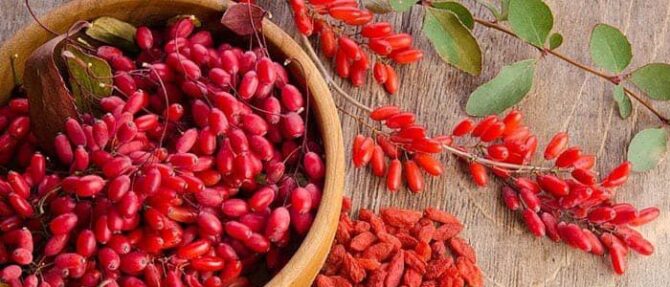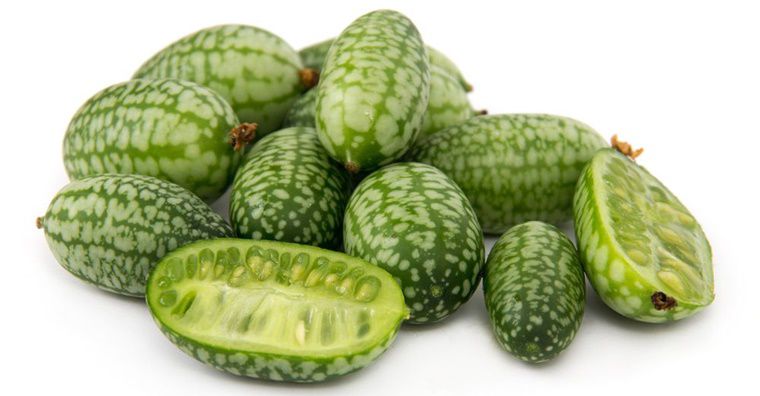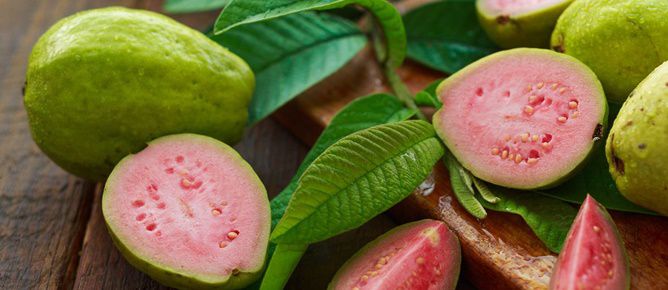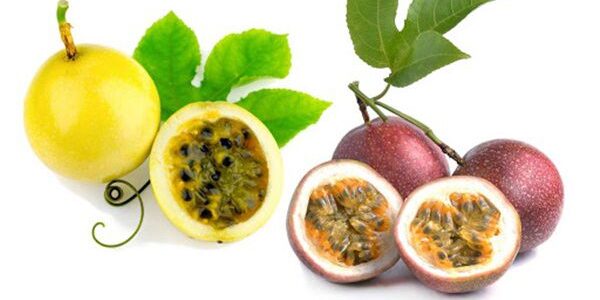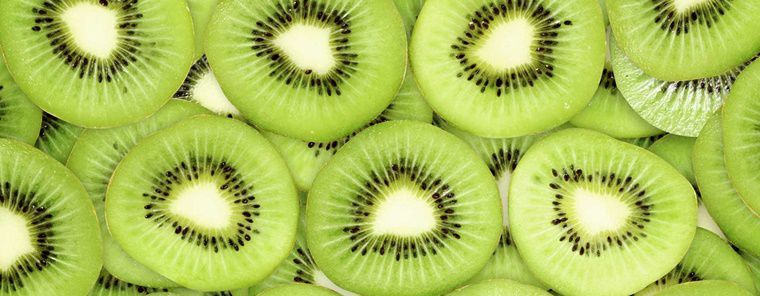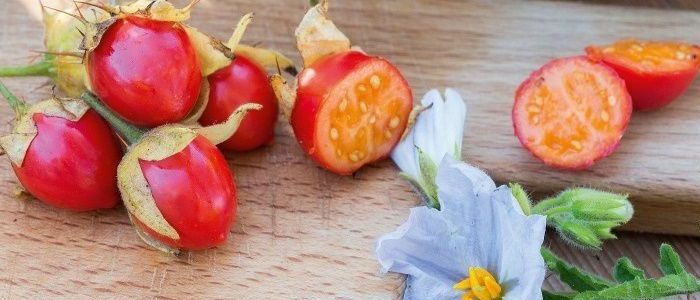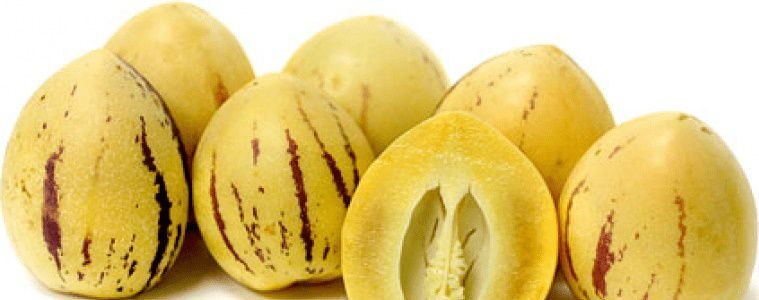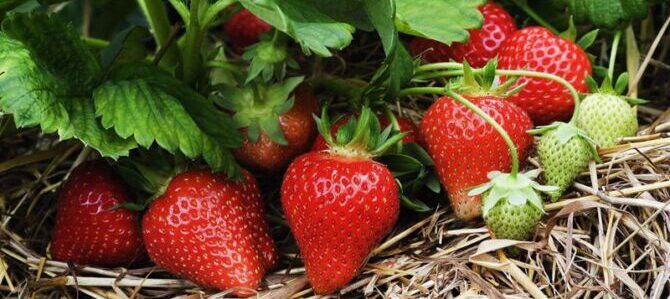Fruits
Growing Goji Berry
Growing Goji Berry is easy. Goji berry, also called wolfberry, is a bright orange-red berry that comes from a shrub that’s native to China. The Goji berry plant (Lycium Barbarum) is a hardy, deciduous shrub. This highly branched, deciduous shrub grows up to 3 meters tall and wide in its natural form. However, it can be restricted to 1 – 2 m tall, which makes it perfect hedging plant. Goji berries are eaten raw, cooked, or dried (like raisins) and are used in herbal teas, juices, wines, and medicines.
Growing Goji Berry from Seed
Indoor Sowing: Late Winter, Spring and Summer.
Direct Sowing: Spring and Summer.
- Soak the Goji Berry Seeds in warm water for 24 hours. This will increase their rate of germination.
- Sow Goji Berry seeds in moist substrate and keep them at a warm place, optimum germination temperature is around 20 C.
- The germination takes place between 14 to 30 days.
- Transplant seedlings immediately, after 2 weeks to avoid stressing the seedlings. Be careful not to damage the roots.
- Transplant into a pot or in the ground.
- Snip off the main stem just above third leaf when it appears. This will cause the plant to grow laterally as a bush rather than vertically as a tree. A bushy form will yield more berries than a taller plant.
- Growing Goji berries in containers is possible. Use a pot that is large and deep enough to hold the plant. Plant it in a light potting mix.
- Fruiting will take place in about 3 years time.
Maintaining Goji Berry Plants
- The Goji berry plant thrives in a sunny, sheltered position where it is protected from high winds.
- The plant becomes drought-tolerant after the roots have become well established, therefore consistent watering for the 1st year is advised.
- Once the plant is 1 year old, you only need to water once the top inch of the soil is dry. However, during the flowering period the plant needs to be watered more frequently.
- Add organic material such as compost, to the soil in Spring.
- The plant may need some support as it gets bigger.
- Prune lightly in the spring, removing damaged and dead branches as well as any untidy growth. Well established plants that are too big can be pruned back close to the ground. This will rejuvenate older plants.
- If growing the plant in a container, then re-pot it once in every 2-3 years or whenever you find it root-bound.
- Fertilize the plant with tomato feed twice a month during Spring and Summer.
- Apply a layer of mulch around the base of the plants to regulate soil moisture.
Harvesting Goji Berries
Goji berries begin to ripen in early summer. They should be plucked off by hand when they are brilliant red and taste sweet. They come off the plant easily.
Storing and preserving:
Goji Berries can be preserved by drying, freezing and canning.
Disclaimer
Medicinal Information:
All medicinal information on this website is for educational and informational purposes only and may not be construed as medical advice. The information is not intended to replace medical advice or treatment offered by healthcare professionals.
Seeds, Plants, Plant Cuttings, Geophytes and Dried Herbs:
In some countries and provinces, certain plants are deemed as invasive and are not allowed to be planted at all, whilst some plants are allowed to be grown only in certain areas or provinces. The onus is on you as the buyer to familiarize yourself with the regulations pertaining to your location, before purchasing any of our seeds, plants, plant cuttings, geophytes or dried herbs. We will not be held liable, should you purchase any seeds, plants, plant cuttings, geophytes or dried herbs. from us which are prohibited in your country or province.

